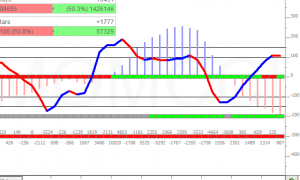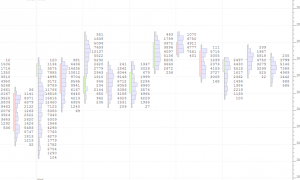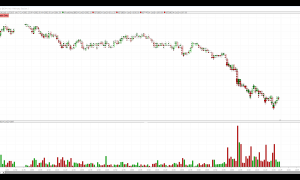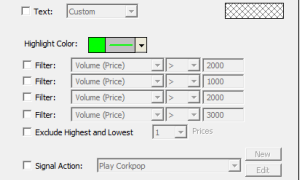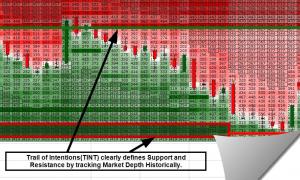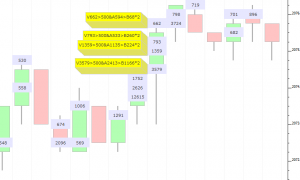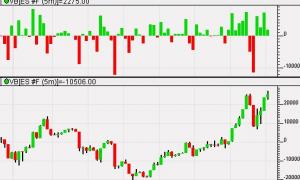BuySellMeter (RTX)
The BuySellMeter extension displays the buying volume versus the selling volume for a user-specified period of time expressed as a number of days or number of bars. Buying volume is defined as volume that traded at the ask/offer price; selling volume is defined as volume traded at the bid price. BuySellMeter provides a nice visual of these two volume metrics in a compact box that may be positioned anywhere in the chart. The horizontal and vertical position of the box (in pixels from top left) may be entered in the indicator preferences, or you can drag and drop the box using the mouse. The position can be fine tuned by clicking inside the box to select it and then using the keyboard arrow keys.


